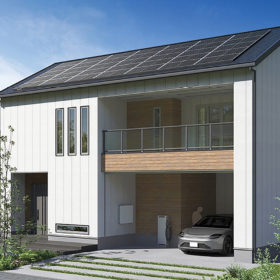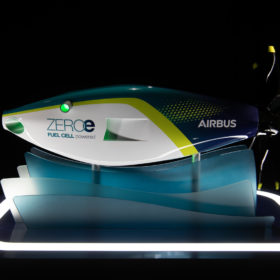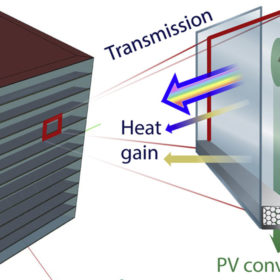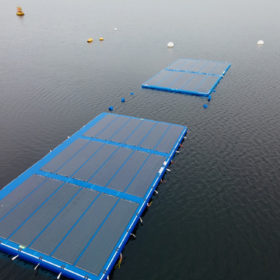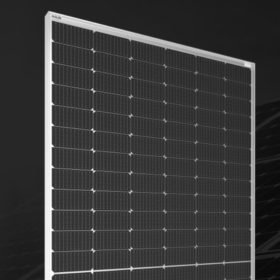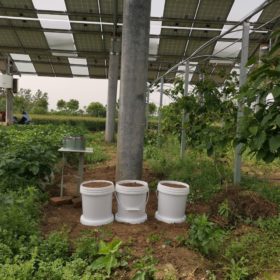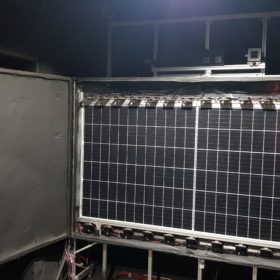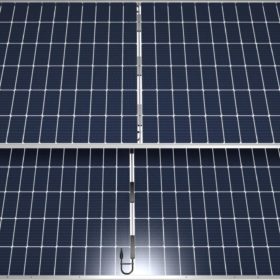Panasonic unveils vehicle-to-home system for PV-powered homes
Panasonic claims that its new vehicle-to-home system can increase the self-consumption rate of residential solar and storage capacity to 90%.
Weekend read: Shining magnate
Mining magnate Andrew “Twiggy” Forrest is the founder and executive chair of Australian iron ore producer Fortescue Metals Group. The company has announced an ambitious $6.2 billion decarbonization strategy and its Fortescue Future Industries subsidiary has rapidly become a global player in green hydrogen, along with a host of other energy transition technologies. Whether it is pushing to decarbonize mining, hashing out headline-making green energy deals, or using the popular “Rick and Morty” cartoon to educate people about the potential of green hydrogen, Fortescue and its shining magnate are talking the talk. But can they walk the walk? Blake Matich reports.
The Hydrogen Stream: Airbus, Honda bet on hydrogen-powered fuel cells
Airbus sees hydrogen-powered fuel cell engines as a potential solution for its zero-emissions aircraft, which will go service by 2035. Meanwhile, Honda, meanwhile, has announced plans to produce fuel cell electric vehicles in the United States from 2024.
PV windows cut energy use by 40% in glazed buildings, says NREL
The US National Renewable Energy Laboratory (NREL) has shown that perovskite-based thin-film PV, transparent PV, and dynamic PV glazing technologies can reduce the energy use of glazed buildings by around 40% across eight regions in the United States.
Dutch developer secures funds for flexible floating solar pilot in North Sea
Bluewater Energy Services has won a grant from the Dutch government to build a flexible floating solar demonstration project in the North Sea. The system uses flexible thin-film PV modules and flexible floaters that move with the waves.
Goldi Solar releases 520-550 W line of mono PERC solar panels
India’s Goldi Solar has unveiled the HELOC Pro series of mono PERC solar modules, which are built with PV cells made in India. They are available in mono facial and bifacial variants, with power outputs ranging from 520 W to 550 W.
Agrivoltaics to reduce water evaporation
Chinese scientists assessed water evaporation on plots of land covered by two different kinds of agrivoltaic arrays and managed to significantly reduce evaporation in both cases. They looked at the relationship between cumulative surface evaporation and evaporation time.
Novel method to calculate variations in temperature coefficients of solar modules
Brazilian scientists have assessed variations in temperature coefficients in solar modules to determine whether there is a relationship between the dependence of these coefficients and irradiance. They claim their work could be used to improve PV module performance modeling.
Big solar already pulling its weight on emission reduction – especially in Chile
Following a disappointing COP27 climate change summit in November, solar industry veteran Philip Wolfe reviews the contribution utility-scale PV is starting to make to emissions reduction.
Hevel Solar unveils 450 W heterojunction solar panel with M6 cells
Russia’s Hevel Solar said its new modules are based on 166 mm x 166 mm half-cut cells. They reportedly have a bifaciality factor of 90% and a temperature coefficient of -0.26% per degree Celsius.
